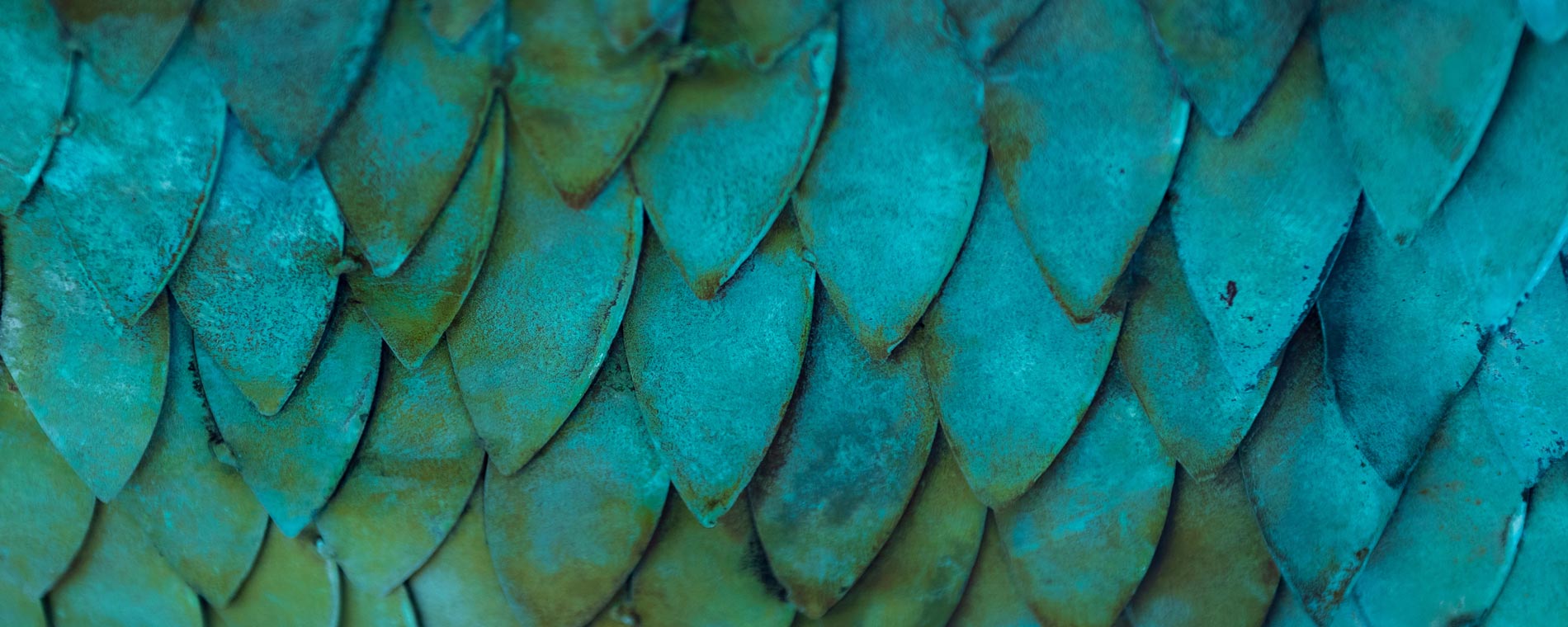UNCW Assistant Professor of Geology Peter J. Haproff is on a six-week excursion in the Isua supracrustal belt, a part of southwestern Greenland accessible only by boat and helicopter, searching for answers in its 3-billion-year-old rocks.
Dr. Haproff is part of international multi-institutional team conducting geological mapping and sampling to explore two issues: when did modern-style plate tectonics involving horizontal crustal motions initiate on Earth and what type of tectonic regime occurred to cause that transition.
The Isua supracrustal belt is the ideal site to explore answers to these questions. According to Dr. Haproff, researchers have interpreted that the Isua supracrustal belt developed via modern subduction- and continental collision-like processes. However, published research from a 2017 field season suggests that the Isua supracrustal belt developed via vertical crustal motions in a non-modern tectonic setting and that modern-style plate tectonics initiated on Earth sometime after.
“This interpretation of vertical tectonics during the Archean is consistent with most other interpretations for Archean terranes including the Eastern Pilbara craton of western Australia and the Barberton greenstone belt of South Africa and Eswatini,” he said.
A field-based structural geologist who joined the UNCW faculty in 2018, Dr. Haproff co-authored "Paleoproterozoic-Paleozoic tectonic evolution of the Longshou Shan, western North China craton" for Geosphere, an open access, international online journal that publishes high-quality research results from all fields of the geosciences.
This article has the following tags: Research & Innovation Academics


